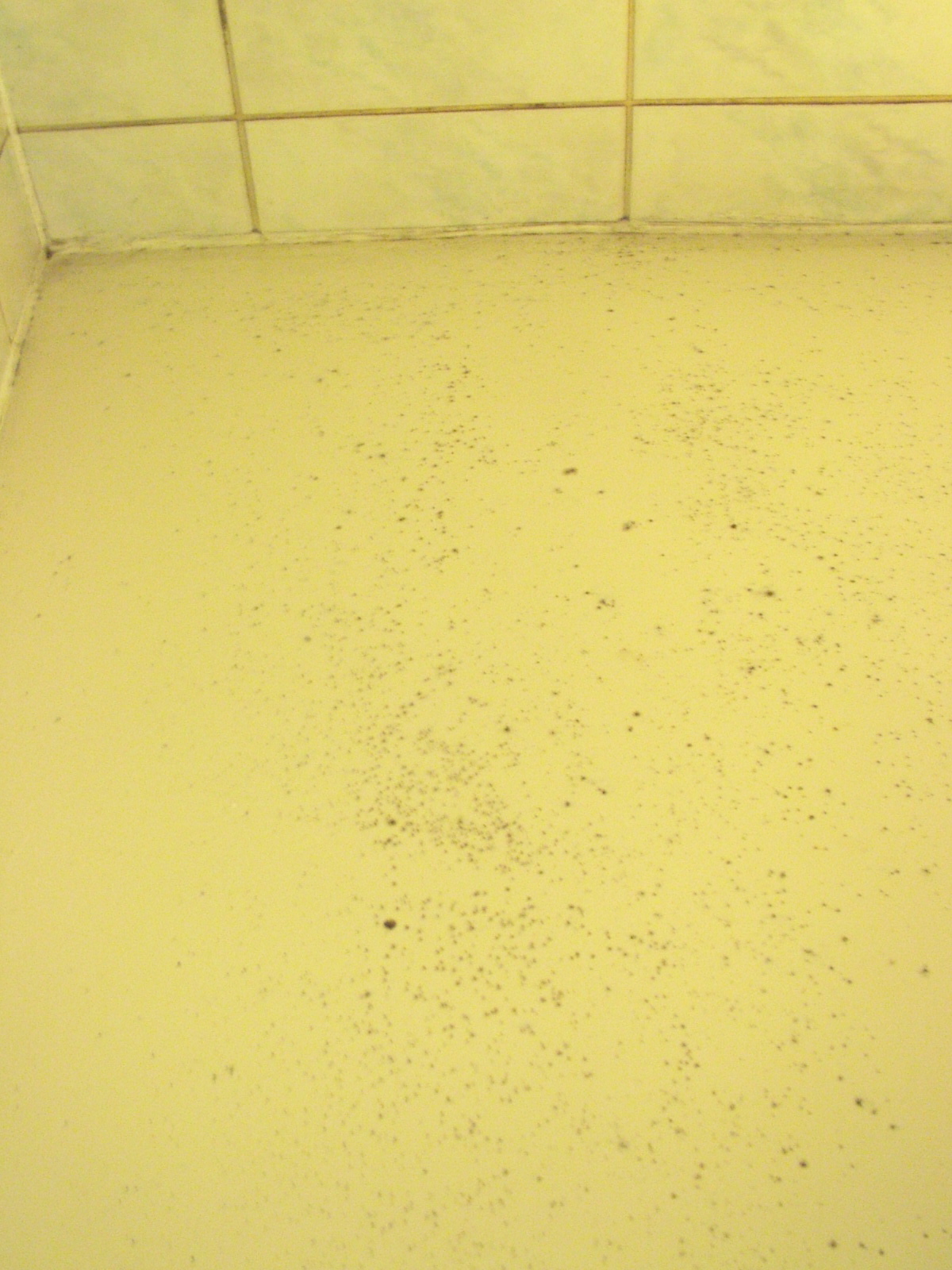Mold on Ceiling Tiles in Basement
Perhaps, you have noticed black or brown stains on the ceiling tiles inside your office or home. Unfortunately, the stains might be more than eyesores. They are an indication of a big problem in your house or office associated with the accumulation of water on the ceiling tiles. If water accumulates on the tiles and there is adequate warmth, mold will definitely grow. Mold is known to grow under baseboards, behind floor trim and on plaster walls. That is the reason you have to fix moisture sources faster. By doing that, you will also save your property from many other issues associated with water damage.

Sources of Water Stains on Your Ceiling Tiles
Manufacturers use porous materials to make acoustical ceiling tiles and they will, therefore, absorb both dirt and moisture easily. Moisture or water in the ceiling tiles will come from one or all the following water sources. They include:
Roof Leaks
Roof leaks are associated with poor roof drainage, particularly the flat roofs, damaged roofing membrane, and damaged perimeter flashing, roof drains or pipes that are not sealed inadequately or the general roof deterioration associated with age. Any of the occurrences will cause water accumulation in your basement.
HVAC System
The HVAC system situated above your ceiling tiles might have backed-up condensate lines, rusted-out dip pans or units that are not sealed properly.
Moisture and Condensation
If warm humid air gets into contact with the cold surfaces of your HVAC ductwork, the result will be condensation. Generally, condensation results from inadequate insulation of the ductwork or too humid air in the space slightly above the tiles.
You have to fix the problems faster to prevent the continued accumulation of water on the basement ceiling tiles. Excess dampness provides a good environment for fungi and mold to flourish. Mold is known to grow on any surface if the water has oxygen, the right temperature and nutrient sources. That is the main reason molds like dark, damp and hidden spaces like the areas above your ceiling tiles.
The Dangers of Mold on Ceiling Tiles
There are many species of mold and their impacts highly vary. However, most of them will cause health problems and damages to the property. Here are the possible side effects of having mold in your ceiling tiles.
- Allergies: allergies are an immune system reaction, which causes various symptoms when an individual is exposed to some allergens like mold.
- Asthma: this lung disease may cause inflammation of your airways.
- Bronchitis: Bronchitis is an inflammation of your bronchial tubes lining. The tubes carry air to your lungs.
- Rhinosinusitis: this is an inflammation of the sinus cavities and passageways.
- Respiratory infections: lung inflammation occurs in people with an immune system sensitized to molds. The condition resembles pneumonia but antibiotics will not treat it.
- Hypersensitivity pneumonitis: this is an infection on the lower and/or upper respiratory tracts.
Checking for Moisture in Your Basement
To detect moisture, you just need a moisture meter. The meter will help you identify the source of the moisture. In some cases, some structural problems will cause water to build up in your building. To be sure that you have identified all the sources, it is good you engage professionals like us. And if your home or commercial property was affected by water damages in the past, water will help you know whether the water has completely dried out. Our team will also check for any more leaks. If left for a long time, the mold problem will worsen.
How Professionals Deal with Mold Problems
Professionals take several steps to remediate mold growth in basement ceiling tiles. But if you want to do it the DIY way, here are the steps to follow.
Dry the Moisture Sources
As we have stated above, you might have moisture sources in your house that cause mold growth and expansion. As professionals, we will identify all of them and eliminate them.
Remove the Contaminated Items
If basement-ceiling tiles are already affected, there are chances that many other items in your home are already affected. Removal of all the contaminated items from your home will be an effective solution. Unfortunately, it is expensive. You have to remediate the mold problem before it gets to dangerous levels.
Demolish the Non-Salvaged Areas
If the mold has been in your house for a longer time, the mold remediation company you engage should replace all the affected areas. The method is more effective in removal of molds but at times, it will be expensive. However, it is always good you solve the mold issue before it gets to this level.
Filter the Air
If the mold has been in your house for a very long time, then it has already contaminated the air. Professionals use an industrial HEPA filter in the remediation process. The filter will remove all toxins from the air. You can also buy a filter to use after the professional mold remediation.
Dry Any Wet Areas
You have to dry any contaminated place properly to prevent the regrowth of the mold. Dehumidifiers and fans will help you do that effectively, but you can also raise the temperatures to dry each area. Due to the associated complications, you should engage a professional for advice.
Search for Molds in Other Areas
If there are molds on the basement ceiling tiles, there is a high chance that the mold has also grown on other areas in your house to prevent the spread of spores to other areas through the air. Mold spreads by releasing spores. When the mold comes across other habitable environments such as damp, dark and humid areas, they will form a colony. That will make snowballs effect because the colony will release more spores and cause the growth of other colonies in other parts of your property. As professionals, we have the skills to do that. If you do not want to hire professionals, you will have to buy a professional testing kit.
Monitoring the Affected Areas
Whether you will choose to engage a professional or to do the mold remediation the DIY, you will have to monitor the growth of mold constantly to prevent it from coming back. It will only come back if the remediation was not properly done. If you did the remediation yourself, you have to engage a professional to do it properly. To prevent future problems, you have to avoid water damages. If mold has grown on your ceiling tiles, give us a call today.
